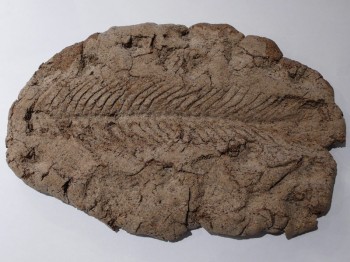Lesson Plans for Elementary School Students
Full Length Lesson Plans from an Elementary School Teacher
Math Lesson Plan: Making Fossilized Eggs

This is a great dough for making fossils or fossilized eggs. The eggs are made by “burying” a small toy inside egg-shaped dough. Fossils are made by pressing shells or fish bones into the dough and letting them dry. This dough dries to look like stone. This lesson can also be used to compare egg sizes, put them in order from smallest to largest, and also to estimate and weigh the eggs.

Objectives:
- measure by size and weight
- put in order, smallest to biggest, lightest to heaviest
- learn about and make fossils (prints and/or eggs)
- sculpting with dough
- recording results
Materials:
- dough materials (makes about 3 eggs): 1 cup flour, 1/2 cup salt, 1 cup used coffee grounds, 1/2 cup cold, left-over coffee
- shells and fish skeleton for pressing into dough
- weigh scales for groups of 3 (so maybe 8-10 scales)
- paper or math journals
- pencils
- erasers
- bowls
- small toy for putting in fossil egg (Kinder Egg toys or foil-wrapped chocolates or any tiny item, marbles)
Method:
- Combine ingredients in bowl. I’d group students together in pairs, then double the recipe and put ingredients in a bowl for them. The two students can take turns mixing the dough, then kneading on a floured surface. I divide the dough into 2 balls, one for each student and they can make their own size egg or fossil. (If you don’t have enough bowls, make the dough ahead of time and just give each student a ball of dough, 1/2 a recipe.)***Leaving a note in the staff room for teachers to save coffee grounds for you makes collection quick and easy.
- Show students how to flatten the dough and ‘hide’ the toy/fossil inside the egg by then wrapping the dough around the toy and making an egg shape (the toy is in the centre now). Students can break their eggs open at home, after you have put them in order and weighed them in class. If you’re making fossils too, show them how to press the shells and skeleton into the dough to make a ‘fossil’ (press dough to 3/4″ thick then press item into dough). Explain how fossils are the skeletons of animals that died millions of years ago and got buried in mud. The mud turned to rock over thousands of years. The fossil what remains. ***Be gentle with the dough. It is fragile even though it looks like stone. It is breakable.
- When fossils are done and eggs are made, they need to be left on newspaper to dry. Make sure students print their names on their sheet of paper that holds their fossils.
- In a few days, have students estimate weights of eggs, try to put eggs in order from smallest to largest, then lightest to heaviest. This is best accomplished in small groups so students can keep track of their eggs. Have them estimate first, then order them, then check by weighing, then draw pictures of their egg and their friends’ eggs in order, labelling the pictures “Peter’s egg. 170 grams. Susan’s egg. 176 grams. Lindsey’s egg. 181 grams.” Tell them to show the differences in the sizes of eggs as well, that Peter’s egg is smallest and Lindsey’s egg is largest. Students can move into several different groups, so that they are getting practise estimating, weighing and drawing their results; this is best done when given the direction to move into a new group by the teacher.
Tags: Easter, Easter egg math, Easter egg measuring, Easter egg ordering, Easter egg weighing, learning about fossils, making fossil eggs, making fossils, measure by size, measure by weight, ordering by size, ordering by weight, recording results, sculpting with dough
